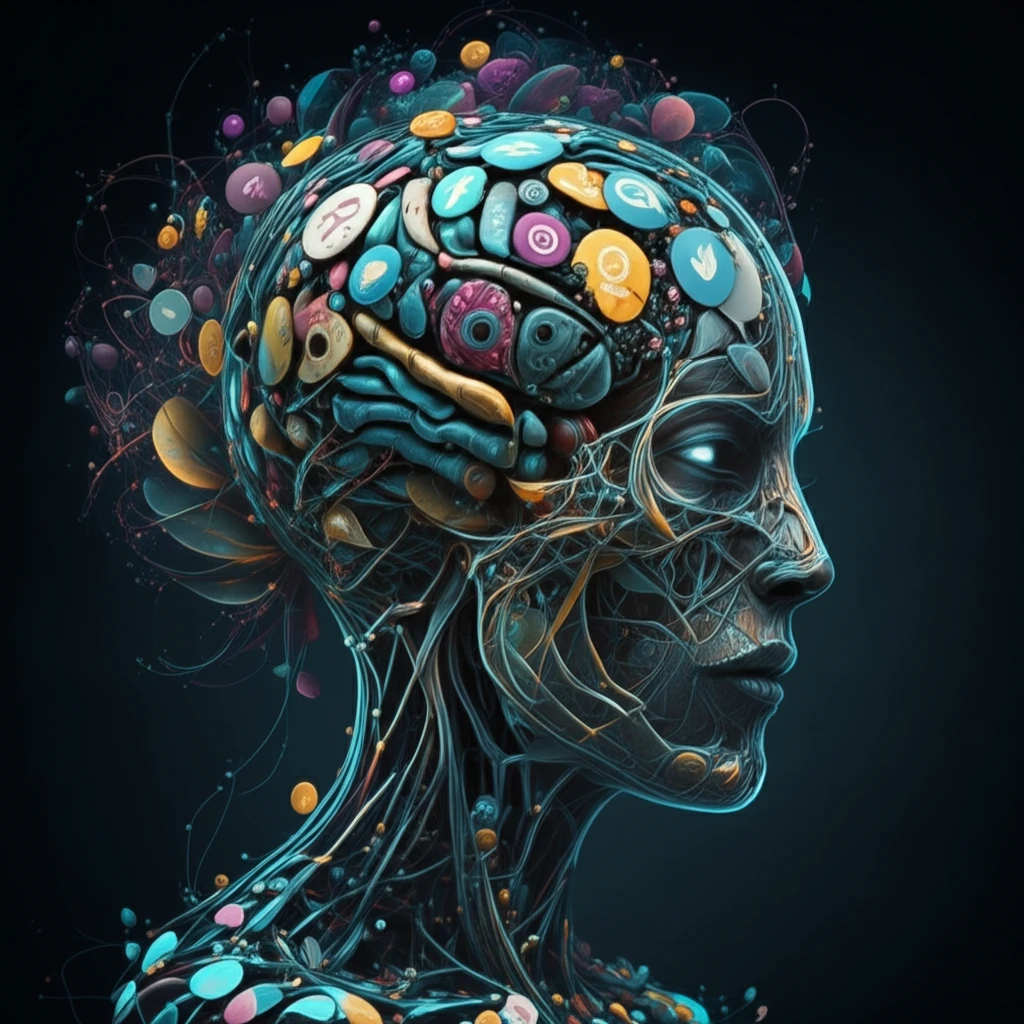
Beyond ImageNet: How Social Media Hashtags Are Revolutionizing AI Training
"Discover how training AI models on billions of social media images is surpassing traditional methods, and what it means for the future of artificial intelligence."
For years, the gold standard in training artificial intelligence for visual perception has been supervised pretraining using the ImageNet dataset. ImageNet, while groundbreaking, is now considered relatively small by today's standards. This has led researchers to explore new frontiers: can AI learn even more effectively from vastly larger, but less structured, datasets?
A new study is turning heads by demonstrating remarkable success in transfer learning. The secret? Training convolutional networks on billions of social media images, using hashtags as labels. This approach, leveraging the immense scale and organic labeling of social media, is not just keeping pace with ImageNet—it's surpassing it.
This article dives into the fascinating world of weakly supervised pretraining, exploring how the sheer volume of social media data, combined with hashtag-based labels, is reshaping the landscape of AI training. We'll uncover the key findings of this pioneering research, discuss the implications for various AI applications, and explore the future of AI training methodologies.
Hashtags as Labels: A Paradigm Shift

The core innovation lies in using social media hashtags as labels for images. Instead of relying on meticulously curated and labeled datasets like ImageNet, researchers are tapping into the vast, ever-growing pool of images on platforms like Instagram. These images come with a wealth of user-generated hashtags, offering a readily available, albeit noisy, form of annotation.
- Scale: Access to billions of images, far exceeding the size of traditional datasets.
- Free Labels: Hashtags provide a cost-effective alternative to manual annotation.
- Continuous Growth: Social media data is constantly being updated, providing a continuous stream of training data.
The Future is Weakly Supervised
This research marks a significant step towards a new era of AI training. By harnessing the power of social media data and embracing weakly supervised learning techniques, we can unlock the potential of AI models that are more accurate, versatile, and scalable than ever before. As AI continues to permeate various aspects of our lives, this approach holds the key to building intelligent systems that can truly understand and interact with the world around us.
